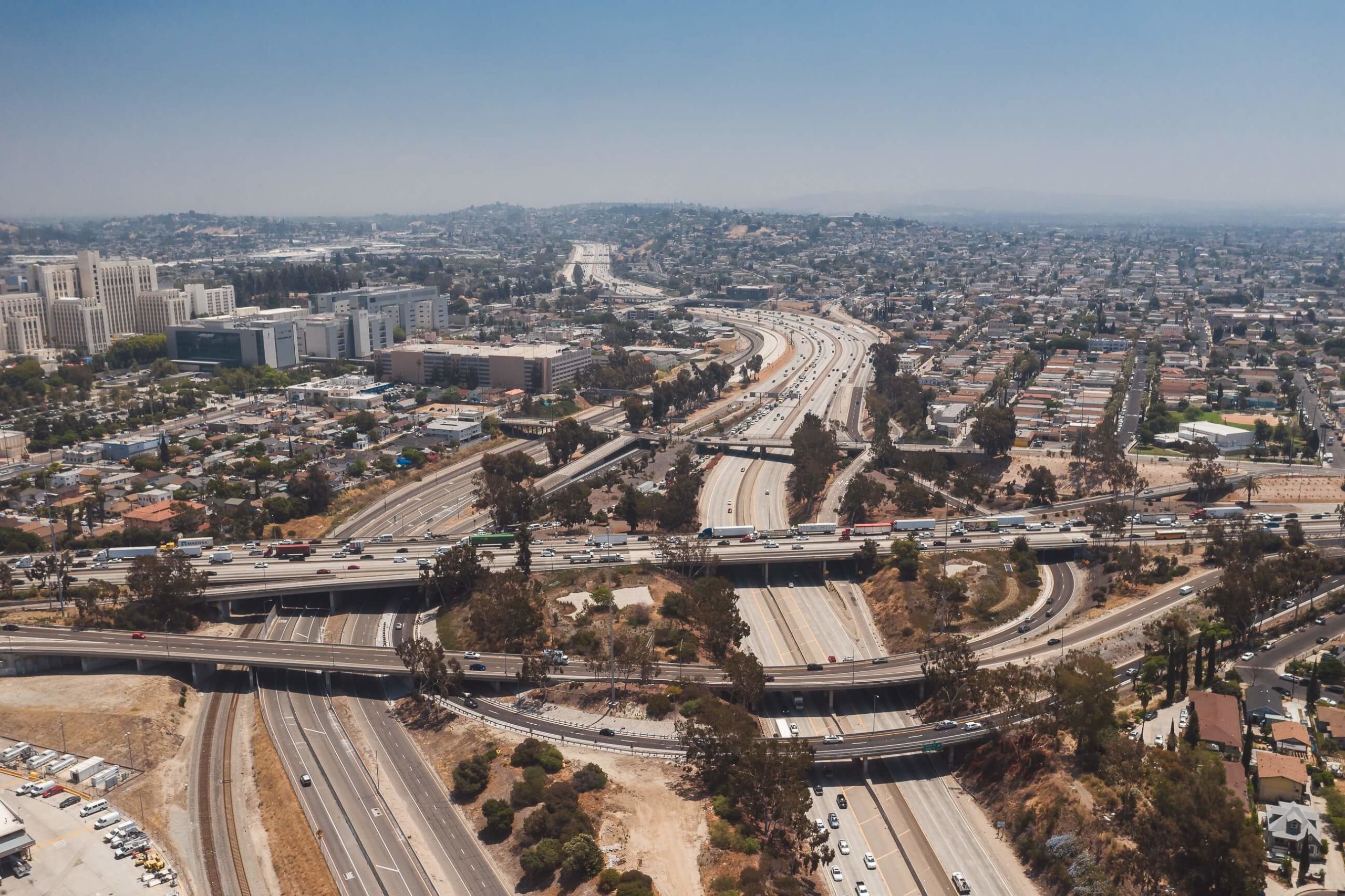Federal Transportation Grant Awards

A big step ahead for security, however what’s with the local weather evaluation?

Final week, the US Division of Transportation introduced the primary recipients of each its Protected Streets and Roads for All (SS4A) and MEGA grant, two new applications within the Bipartisan Infrastructure Legislation. The SS4A choices have been nice and affirmed this USDOT’s dedication to defending the lives of pedestrians and bike riders. The MEGA grants, however, have been a combined bag. Particularly alarming, a number of of the awards made the extraordinary declare that widening highways would scale back air pollution and local weather emissions! Let’s dig in.
Security First
With the announcement of the SS4A winners final Wednesday, greater than half of all Individuals now reside in a metropolis or county with a funded Protected Streets motion plan. The $5 billion, five-year SS4A program was established to assist communities throughout the nation finish site visitors violence on their roads. The primary spherical of grants ($800 million) went to 510 communities throughout the USA. USDOT awarded 473 grants for Protected Streets motion plans and 37 grants to construct infrastructure that retains pedestrians and bike riders protected.
Implementation grants made up 60% of the whole funding. Bigger cities have been the first recipients, maybe unsurprisingly, since many have devoted workers engaged on street security. Emphasis in these awards is on preserving individuals outdoors of vehicles protected; 80 % of the implementation {dollars} explicitly profit bicyclists, 90 % walkers.
The amount and geographic unfold of communities receiving funding for Protected Streets motion plans speaks to nationwide demand to stem the variety of accidents and deaths on our roads. The awards went to all kinds of communities that skewed smaller and extra suburban and rural than their implementation grant counterparts. It can nonetheless take sustained momentum and strain to construct the initiatives developed in these plans, however the broad distribution of motion plans has the ability to seed future rounds of SS4A implementation grants and unfold funding past bigger cities.
The Good MEGA Grants
Pedestrian security is the precedence for one of many MEGA grant recipients. The Roosevelt Boulevard Multimodal Mission in Philadelphia acquired $78 million as one among 9 MEGA grants, that are supposed to fund initiatives “too massive or complicated for conventional funding applications”. Roosevelt Boulevard is a lethal 12-lane arterial that runs by way of a number of Philadelphia neighborhoods. Between 2012 and 2021, a horrifying complete of 119 individuals have been killed on this road, 49 of whom have been pedestrians.
The MEGA grant mission reconfigures the boulevard by including infrastructure for strolling, biking, and transit, to fulfill the aims of preserving everybody on the road protected, bettering multimodal and transit entry for deprived neighborhoods, and lowering air air pollution from automobile site visitors. The award sends a sign to different communities to suppose large and apply for future MEGA grants to tame their dangerous-by-design arterials.
Different notable MEGA grant initiatives embrace a number of main transit initiatives: $292 million for a rail tunnel beneath the Hudson River in New York Metropolis, a $117 million commuter rail mission in Chicago, and $30 million in bus enhancements and multimodal investments in Santa Cruz.
An Out-of-Contact Local weather and Air pollution Evaluation
Three of the MEGA grant initiatives rejoice the false declare that including journey lanes will scale back congestion, which in keeping with this rationale in the end reduces automobile emissions as a result of fewer automobiles are idling. However this strategy fails to consider the well-established phenomenon of induced demand, which entices much more drivers onto the expanded street and greater than offsets the features from lowering congestion.
We all know from impartial analysis that the variety of automobiles is way more necessary than congestion in figuring out emissions. Wider roads result in extra automobile miles traveled and thus extra emissions (you are able to do the maths your self for freeway expansions in your state with RMI’s Shift Calculator).
Even from a standard sense perspective, it’s clear that the maths doesn’t add up. As an example, the I-10 Calcasieu River Bridge Alternative Mission in Lake Charles, LA plans to increase I-10 so almost 20,000 extra automobiles can cross it every day (a 25% improve from present site visitors). However someway, the mission claims it can take away 1.6 million tons of greenhouse fuel emissions.
Even worse, USDOT repeats the Louisiana Division of Transportation and Growth’s declare that air high quality will worsen for residents across the bridge with out the mission. In enshrining state DOT greenwashing claims, USDOT has set a harmful precedent that stands in opposition to the local weather objectives the Biden administration says it helps.
Secretary Buttigieg’s DOT unquestionably cares extra about security, well being and the atmosphere than ever earlier than. We applaud the Secretary’s vocal management on growing pedestrian security. We may use a few of that refreshing honesty and plain talking on the subject of freeway enlargement. Freeway enlargement doesn’t scale back air pollution or local weather emissions, and USDOT ought to cease saying so.